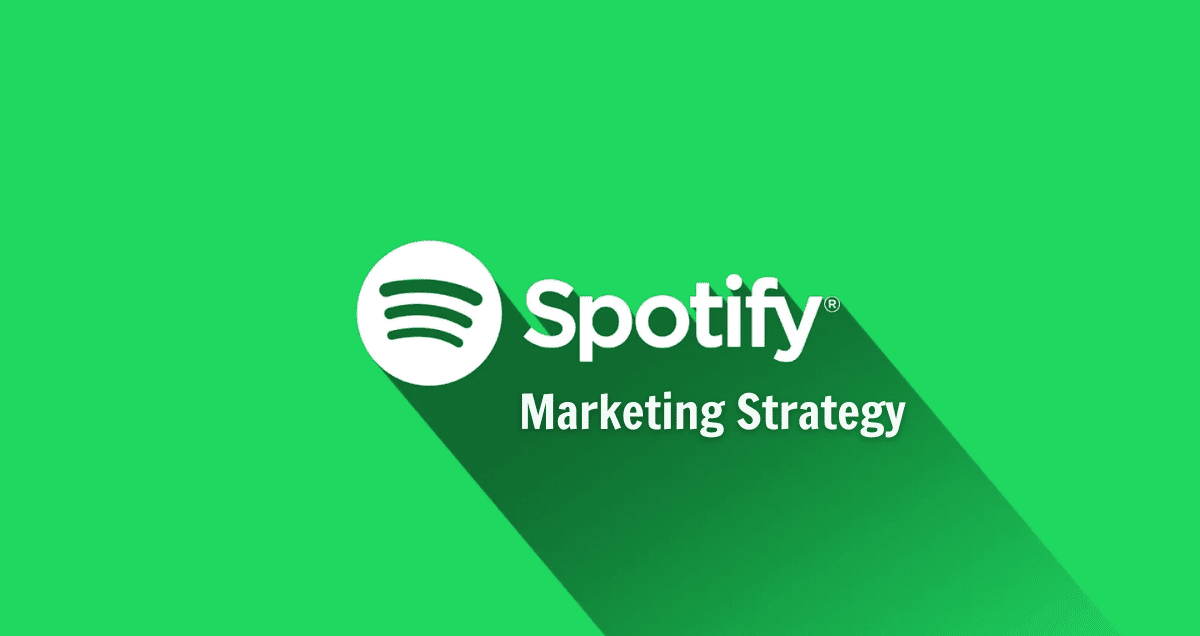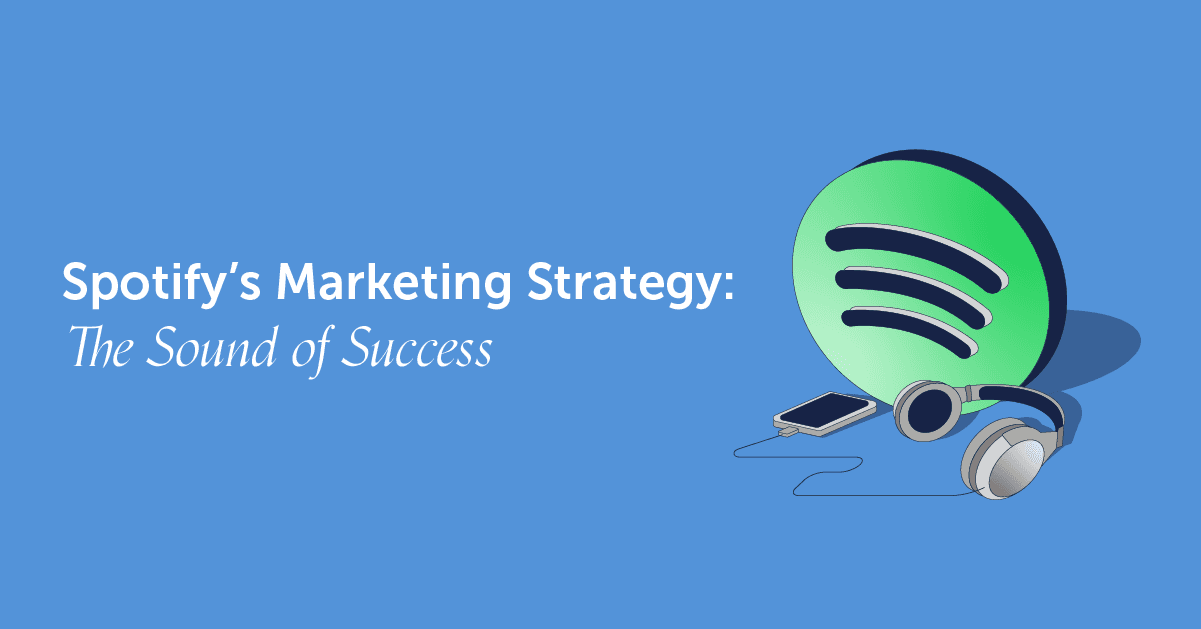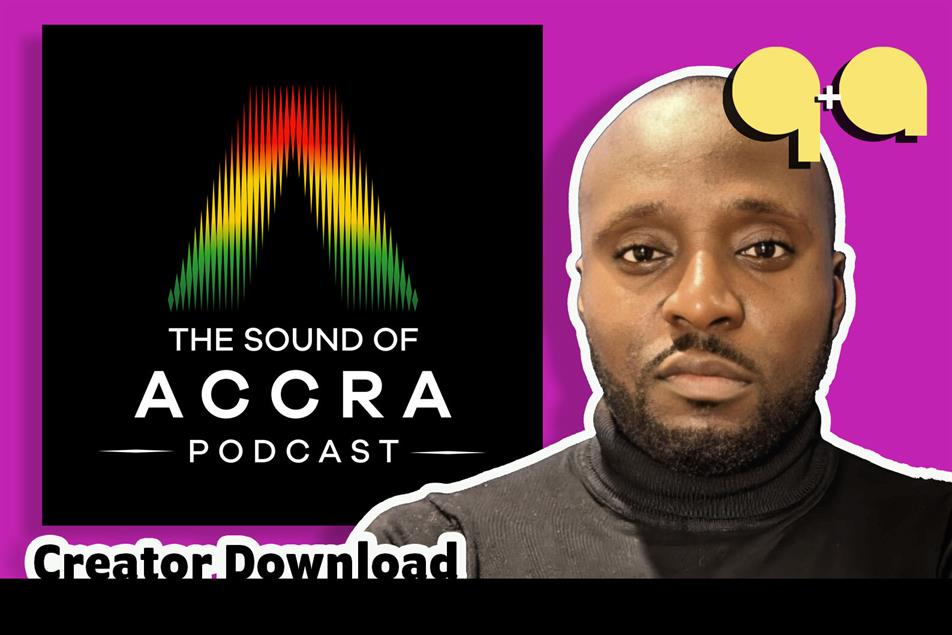Discover the secret melody behind Spotify’s meteoric rise in the music streaming industry. Join us as we dissect Spotify’s marketing strategy that has struck a chord with millions globally.
So tune in, turn up the volume, and prepare to dance to the beat of Spotify’s marketing success. Get ready to create your own chart-topping marketing strategy!
The Power of Personalization
One of the key elements of Spotify’s marketing strategy is its focus on personalization.
By using sophisticated algorithms, Spotify curates playlists tailored to each individual user’s taste.
This level of personalization creates a unique listening experience and keeps users engaged with the platform for longer periods of time.
1. Targeted Advertising
As an advertiser, you can leverage this personalization by targeting specific playlists or genres that align with your brand.
For example, if you’re promoting a fitness app, you can advertise on workout playlists to reach your target audience who are actively looking for motivation while exercising.
Spotify’s personalization algorithms ensure that your ads are reaching the right people at the right time, increasing the likelihood of engagement and conversion.
2. Increased Engagement
By advertising on playlists that are tailored to individual users’ tastes, you can capture their attention and increase engagement with your brand.
This personalized approach makes your ads feel more relevant and less intrusive, leading to higher click-through rates and conversions.
Studies have shown that personalized advertising leads to a 10% increase in click-through rates compared to non-personalized ads.
3. Longer Exposure
When users find playlists that align with their personal preferences, they are more likely to spend longer periods of time listening to music on Spotify.
This extended exposure to the platform increases the chances of your ads being seen and remembered by users.
Research has found that personalized ads result in a 20% increase in ad recall compared to non-personalized ads.
Data-Driven Insights
Spotify’s vast amount of data provides valuable insights into user behavior and preferences.
Through their analytics dashboard, Spotify offers detailed information about listener demographics, popular genres, and even the mood of listeners based on the songs they choose.
These insights allow advertisers to make informed decisions when creating targeted campaigns.
1. Utilize Spotify’s analytics dashboard
Use Spotify’s analytics dashboard to gain insights into listener demographics.
This information can help you understand the age group and gender that is more likely to be interested in your product or service.
2. Identify popular genres and moods
Spotify’s data can also help you identify popular genres and moods among listeners.
This information can inform your advertising strategy and help you create campaigns that resonate with your target audience.
Did you know that Spotify can provide insights into the mood of listeners based on the songs they choose? This can be valuable information when creating ads that evoke certain emotions.
3. Tailor your ads to specific age groups and genders
Based on Spotify’s data, you can tailor your ads to specific age groups and genders.
This can help you create more targeted and effective campaigns that are more likely to resonate with your desired audience.
By using Spotify’s data, you can identify which age group and gender is more likely to be interested in your product or service. This allows you to create ads that are specifically tailored to their preferences and interests.
Native Advertising
Spotify seamlessly integrates advertisements into the user experience through native advertising.
Instead of interrupting the listening experience with intrusive ads, Spotify strategically places sponsored content in between songs or as short audio spots.
This non-disruptive approach ensures that users are more likely to engage with the ad rather than skip it.
1. Advantages of Native Advertising
Native advertising on Spotify offers several advantages for advertisers:
- Non-disruptive ad placement
- Higher engagement rates
- Opportunity to align brand message with music preferences
- Increased conversion rates
Native advertising allows advertisers to seamlessly integrate their brand message into the user experience, resulting in higher engagement rates and increased conversion rates.
2. Creating Compelling Audio Ads
To take advantage of Spotify’s native advertising format, it’s important to create compelling audio ads that resonate with your target audience.
Consider the following tips:
- Understand your target audience’s music preferences
- Create a strong brand message
- Use music and sound effects to enhance the ad
- Keep the ad concise and to the point
By aligning your brand message with the music your target audience loves, you’ll be able to capture their attention and drive higher conversion rates.
Influencer Collaborations
In addition to its personalized playlists, Spotify also offers a wide range of podcasts hosted by influential individuals across various industries.
These podcasters have built loyal followings who trust their recommendations and opinions.
By collaborating with popular podcast hosts, you can tap into their existing fanbase and gain exposure for your brand.
Benefits of Influencer Collaborations
For example, if you’re launching a new line of cooking utensils, partnering with a renowned food blogger who hosts a cooking podcast can help you reach a highly targeted audience of food enthusiasts who are more likely to convert into customers.
Collaborating with influencers can increase brand awareness and credibility.
Furthermore, influencer collaborations can provide valuable content for your brand’s social media channels.
By featuring snippets or highlights from the podcast episodes, you can engage your audience and showcase your brand’s expertise in a specific industry.
Podcast collaborations can help you establish your brand as an authority in your niche.
Additionally, influencer collaborations can lead to long-term partnerships and ongoing brand promotion.
By building a relationship with an influencer, you can continue to work together on future projects and benefit from their ongoing support and endorsement.
Long-term partnerships with influencers can result in sustained brand growth and increased customer loyalty.
Targeted Ad Placement
Spotify allows advertisers to target their ads based on specific criteria such as location, age, gender, and even musical taste.
This level of granularity ensures that your ads are reaching the right audience at the right time.
For instance, if you’re promoting a local event, you can target users in the area where the event is taking place to maximize attendance.
By narrowing down your target audience, you’ll be able to optimize your advertising budget and achieve better results.
- Target your ads based on location, age, gender, and musical taste
- Maximize attendance for local events by targeting users in the event’s area
- Optimize your advertising budget by narrowing down your target audience
In conclusion, Spotify’s marketing strategy is a powerful tool for businesses looking to reach their target audience in a more personalized and effective way.
By leveraging the platform’s personalization features, data-driven insights, native advertising format, influencer collaborations, and targeted ad placement options, you can take your brand to new heights of success in 2023.
So why wait?
It’s time to tune into the sound of success with Spotify.






